Some notable writers and works of Japanese literature since 1945.
Literature since 1945
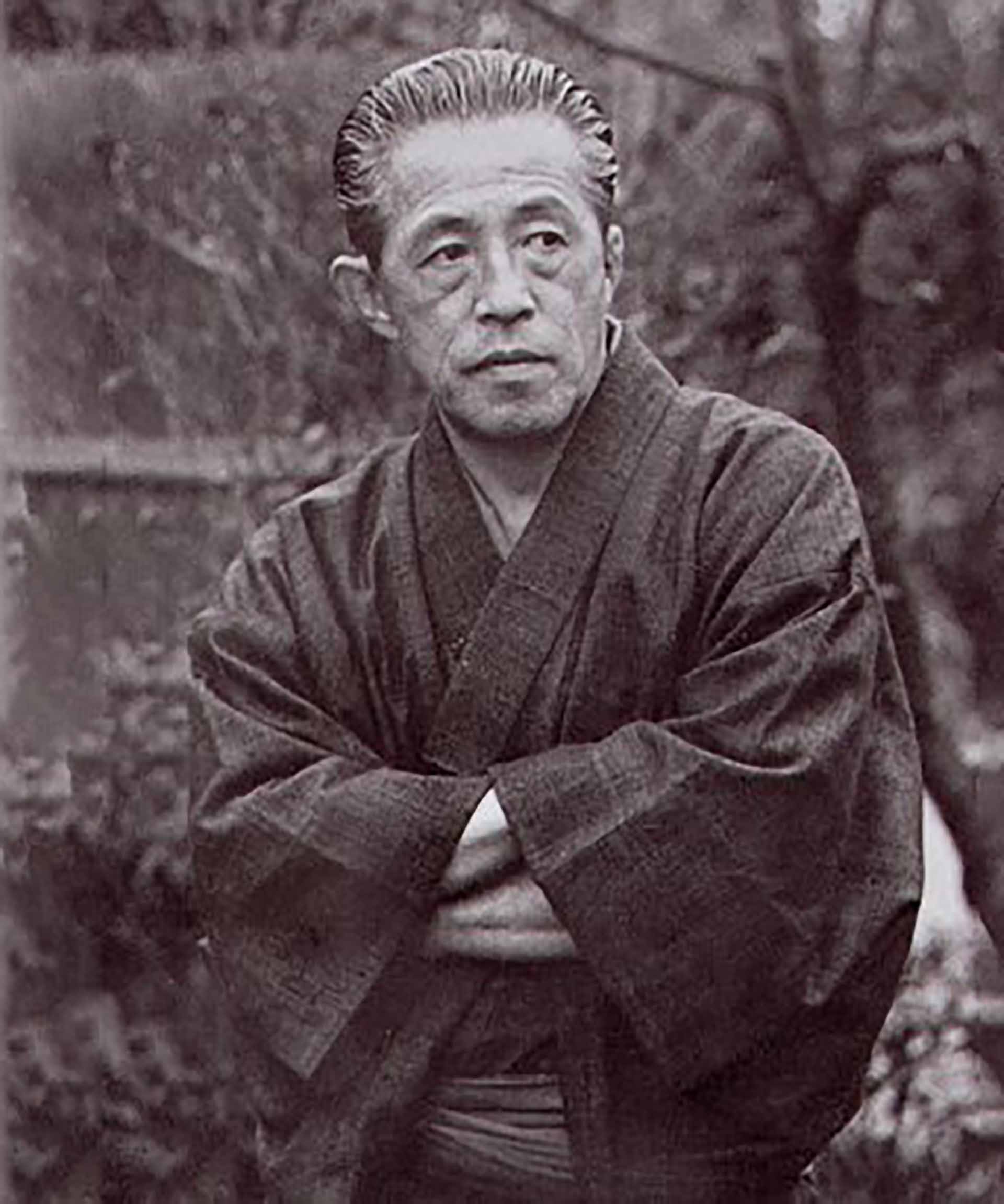 |
| Writer Yasushi Inoue. |
Inoue Yasushi (1907-1991) was famous for writing stories and novels. Although he started writing during his university days, he only became famous after World War II with his poetic works, describing human loneliness, action for the sake of action (without purpose), and expressing the nihilism of modern man.
His most famous works include: Bullfight (Tōgyū, 1949) which won the Akutagawa Prize and Hunting Gun (Ryoujū, 1949).
In the following years, he published a number of novels and short stories in various genres of contemporary love stories, stories that dealt with the social and political aspects of postwar Japan such as: Black Tide (Kuroi Ushio, 1950), historical novels with accurately described backgrounds, Tempyō's Tiled Roof (Tenpyō no Iraka, 1957), Tun-huang (Tonkō, 1959), Chronicle of My Mother (Waga Haha no Ki, 1975) with an autobiographical setting, recording his mother's decline in old age... and many stories, novels, poems. In 1964, Inoue was elected a member of the Japan Academy of Arts and received the Order of Cultural Merit (1976). He died in Tokyo in 1991.
* * *
Abe Kōbō (1924-1993) was a writer, playwright, musician, photographer, and inventor. He wrote poetry, directed films, and plays. He wrote psychological novels that were close to existential philosophy, mixed with realism and fiction, and posed the question of human destiny through symbols.
He received the Akutagawa Prize in 1951 and was an honorary foreign member of the American Academy of Arts and Sciences.
He is best known for his novel The Woman in the Dunes (Suna no Onna, 1962), which was made into an award-winning film by Hiroshi Teshigahara in 1964.
Some of his other works are: Starving Workers' Union (Kiga Doumei, 1954), Stone Eyes (Ishi no Me, 1960), Other People's Faces (Tanin no Kao, 1964), Ruined Maps (Moetsukita Chizu, 1967)... and nearly 30 short stories, 20 plays, 20 essays and a number of poems, music and photo exhibitions.
* * *
Endō Shūsaku (1923-1996) studied medicine and then wrote. Born into a Catholic family, he wrote novels about martyrs in 17th-century Japan. He denounced the use of prisoners of war for experimental war experiments in *The Sea and Poison* (Umi to Dokuyaku, 1957), inspired by real events.
Internationally, he is known for his historical fiction novel Silence (Chinmoku, 1966), adapted into a 2016 film of the same name, which tells the story of a Catholic priest in early 17th-century Japan who renounces his faith to save the lives of several people, later becoming a vassal of a local lord, but continuing to keep his Christian faith secret.
Some of his other works include: Volcano (Kazan, 1960), which concerns three characters in decline: a Catholic priest who abandons his faith, the director of a weather station, and the volcano he later specializes in; Study Abroad ( Ryūgaku, 1965), which tells of the link that marks the gulf between East and West. Evoking Paris in the 1960s, 17th-century Rome, and provincial France in the years after World War II, The Black Man (Kuronbō, 1971), a satirical novel inspired by the historical figure Yasuke, a 16th-century African man…
He is considered part of the “Third Generation” (i.e., the third major group of Japanese writers to emerge after World War II). He won many prestigious literary awards (the Akutagawa Prize and the Order of Culture), and was appointed to the Roman Catholic Order of St. Sylvester by Pope Paul VI.
* * *
Nosaka Akiyuki (1930-2015) was an abandoned child, growing up in poverty after the war. When he found his father, he was able to get a good education. He worked hard in the mines, wrote, and became a left-wing politician. He wrote about the poor, the lowly, and the insane.
He is best known for his children's stories about war. Two of his short stories, Grave of the Fireflies (Hotaru no Haka, 1967) and American Hijiki (Amerika Hijiki, 1967), won the 58th Naoki Prize in 1967.
Some of his works were translated into English and adapted into films. Some of his other works: Eroticists (Erogotoshi-tachi, 1963); Anthology of War Tales (Sensō Dōwashū, 2001?)…
* * *
Ōe Kenzaburo (born 1935) is a leading writer of the post-war period, typical of the 1960s, against the Japan-US Security Treaty. He was influenced by Sartre and Henry Miller, but created a unique style based on symbols, dream worlds , psychological problems, sexuality, historical and political knowledge. He wrote about human alienation in modern Japanese society, and the individual's search for self-expression.
He wrote over 20 novels and short stories since the age of 23. Typical examples include: Seventeen (Sevuntin, 1961) about a 17-year-old fascist youth assassinating the leader of the Democratic Party at a rally; Hiroshima Notebook (Hiroshima Noto, 1970) about victims of the atomic bombing of Japan.
The novels Mannen Ganen no Futtoboru (1967), Teach Us to Get Rid of Our Madness (Warera no Kyụki wo Ikinobiru Michi wo Oshieyo, 1969), Water Fills My Soul (Kozui wa Waga Tamashii ni Oyobi, 1973) talk about an absurd world of hatred, mistakes and atomic danger, Raising Enemies (Shiiku, 1957), Picking Buds, Killing Children (Memushiri Kouchi, 1958) write about the fate of a young man in the countryside. In 1994, he received the Nobel Prize for Literature; in addition, he was awarded many noble prizes in Japan and many countries around the world.
Source







![[Photo] Prime Minister Pham Minh Chinh launched a peak emulation campaign to achieve achievements in celebration of the 14th National Party Congress](https://vphoto.vietnam.vn/thumb/1200x675/vietnam/resource/IMAGE/2025/10/5/8869ec5cdbc740f58fbf2ae73f065076)
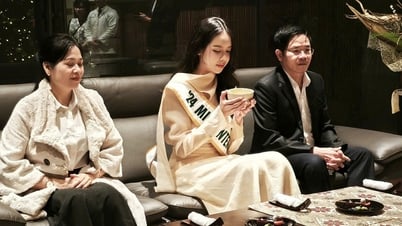

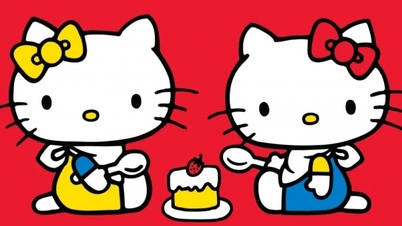


![Strolling in the American Literature Garden [Part 19]](https://vphoto.vietnam.vn/thumb/402x226/vietnam/resource/IMAGE/2025/1/19/282450858d7345568984c556f7bb952d)
![Strolling in the American Literature Garden [Part 17]](https://vphoto.vietnam.vn/thumb/402x226/vietnam/resource/IMAGE/2025/1/20/d66f4bb035b24a638d3710594d9d915f)
![Strolling in the American Literature Garden [Part 16]](https://vphoto.vietnam.vn/thumb/402x226/vietnam/resource/IMAGE/2025/1/18/0bbabac486274f6e9259fb2359a3f846)
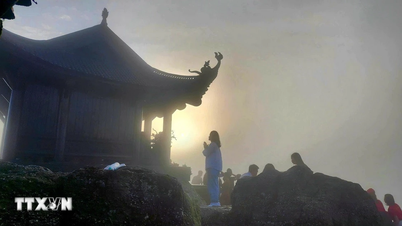

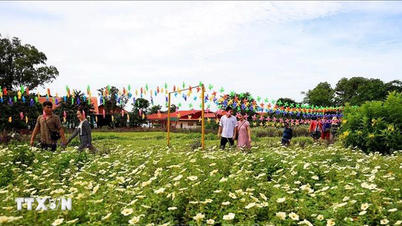
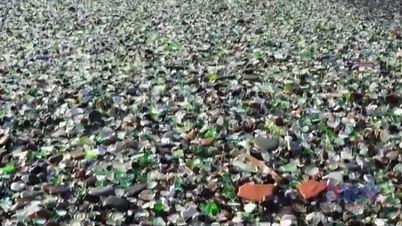
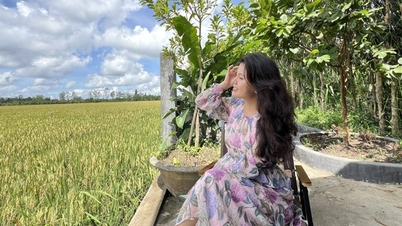

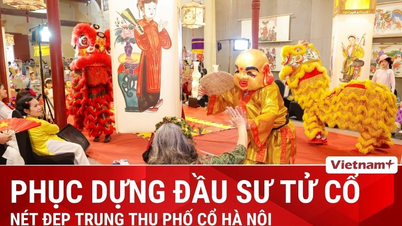
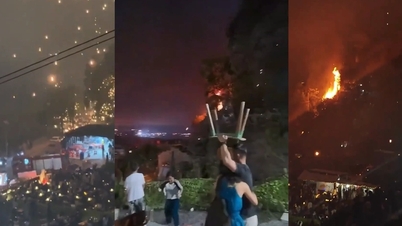





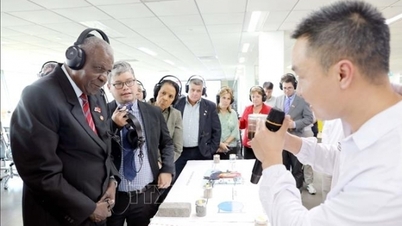
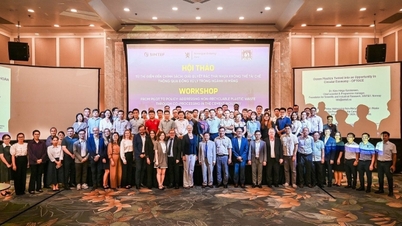
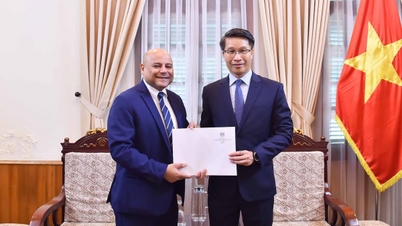

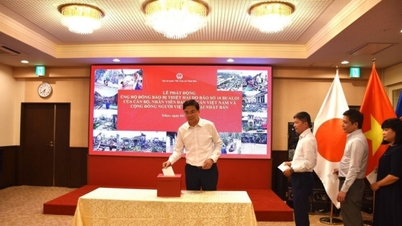
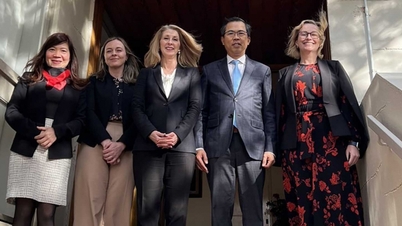
![[Photo] Bustling Mid-Autumn Festival at the Museum of Ethnology](https://vphoto.vietnam.vn/thumb/1200x675/vietnam/resource/IMAGE/2025/10/4/da8d5927734d4ca58e3eced14bc435a3)






















![[VIDEO] Summary of Petrovietnam's 50th Anniversary Ceremony](https://vphoto.vietnam.vn/thumb/402x226/vietnam/resource/IMAGE/2025/10/4/abe133bdb8114793a16d4fe3e5bd0f12)

![[VIDEO] GENERAL SECRETARY TO LAM AWARDS PETROVIETNAM 8 GOLDEN WORDS: "PIONEER - EXCELLENT - SUSTAINABLE - GLOBAL"](https://vphoto.vietnam.vn/thumb/402x226/vietnam/resource/IMAGE/2025/7/23/c2fdb48863e846cfa9fb8e6ea9cf44e7)














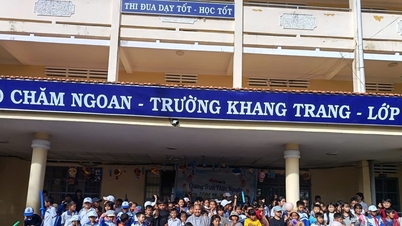

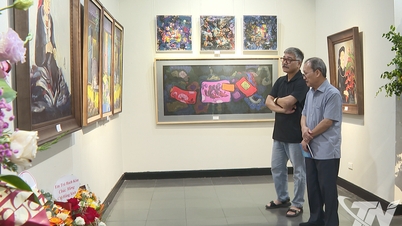

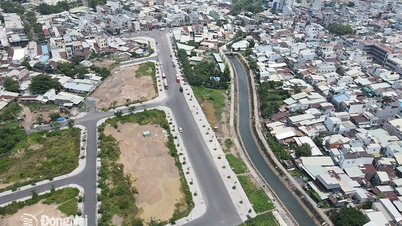

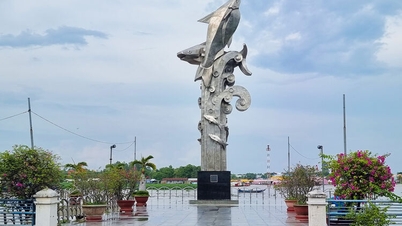



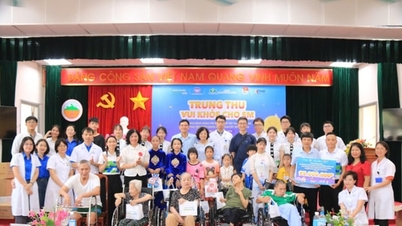












Comment (0)